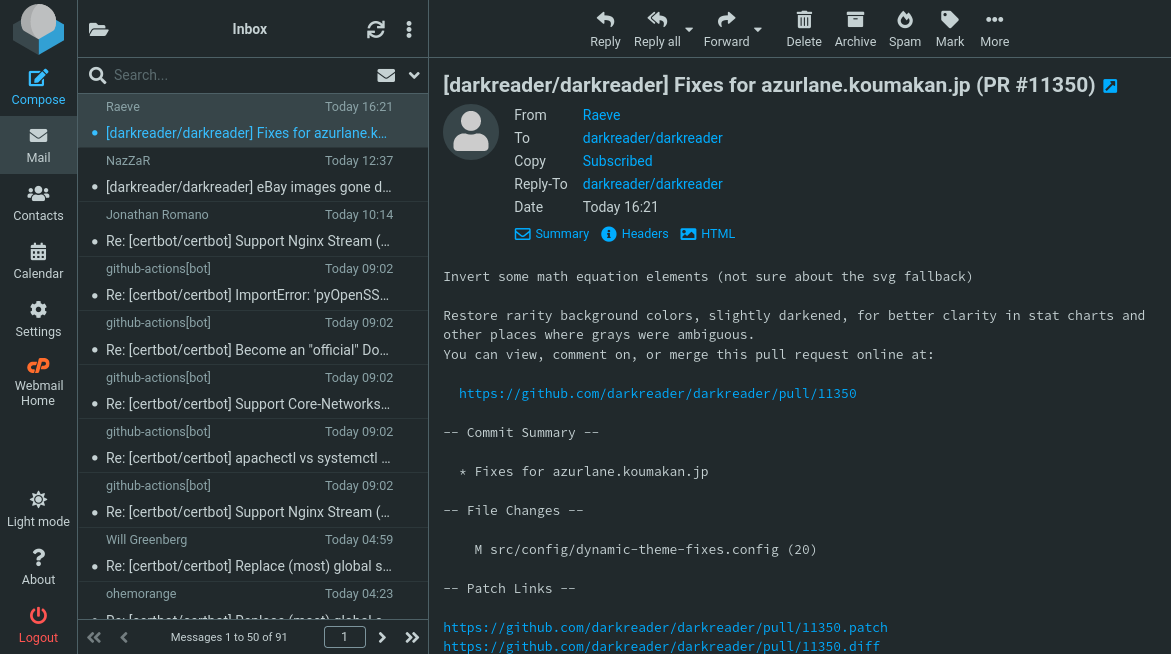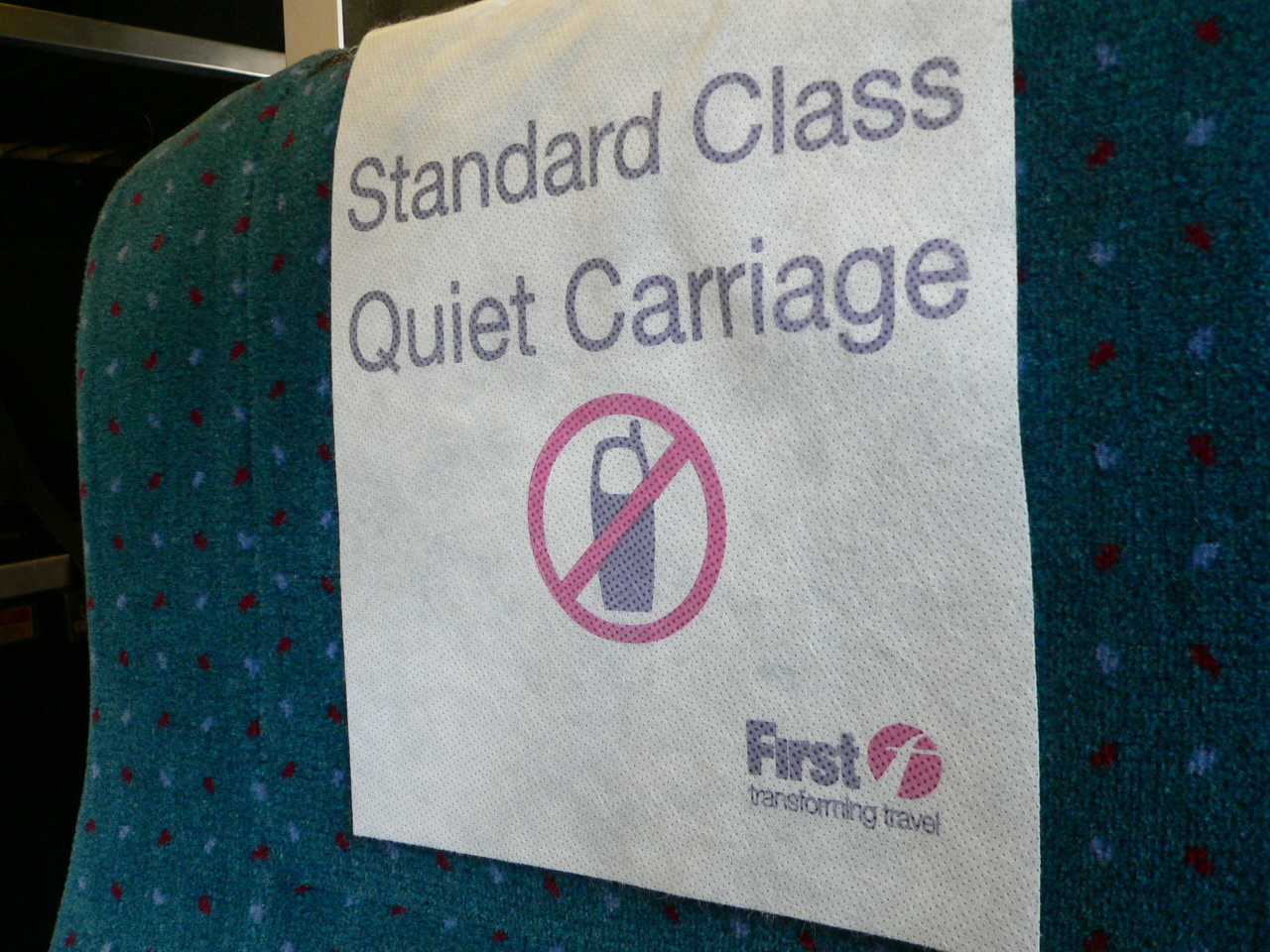|
Bottom-posting
When a message is replied to in e-mail, Internet forums, or Usenet, the original can often be included, or "quoted", in a variety of different posting styles. The main options are interleaved posting (also called inline replying, in which the different parts of the reply follow the relevant parts of the original post), bottom-posting (in which the reply follows the quote) or top-posting (in which the reply precedes the quoted original message). For each of those options, there is also the issue of whether trimming of the original text is allowed, required, or preferred. For a long time the traditional style was to post the answer below as much of the quoted original as was necessary to understand the reply (bottom or inline). Many years later, when email became widespread in business communication, it became a widespread practice to reply above the entire original and leave it (supposedly untouched) below the reply. While each online community differs on which styles are approp ... [...More Info...] [...Related Items...] OR: [Wikipedia] [Google] [Baidu] |
E-mail
Electronic mail (usually shortened to email; alternatively hyphenated e-mail) is a method of transmitting and receiving Digital media, digital messages using electronics, electronic devices over a computer network. It was conceived in the late–20th century as the digital version of, or counterpart to, mail (hence ''wikt:e-#Etymology 2, e- + mail''). Email is a ubiquitous and very widely used communication medium; in current use, an email address is often treated as a basic and necessary part of many processes in business, commerce, government, education, entertainment, and other spheres of daily life in most countries. Email operates across computer networks, primarily the Internet access, Internet, and also local area networks. Today's email systems are based on a store-and-forward model. Email Server (computing), servers accept, forward, deliver, and store messages. Neither the users nor their computers are required to be online simultaneously; they need to connect, ty ... [...More Info...] [...Related Items...] OR: [Wikipedia] [Google] [Baidu] |
Blockquote Element
In HTML and XHTML, the blockquote element defines "a section ithin a documentthat is quoted from another source". The syntax is The blockquote element is used to indicate the quotation of a large section of text from another source. Using the default HTML styling of most web browsers, it will indent the right and left margins both on the display and in printed form, but this may be overridden by Cascading Style Sheets (CSS). The non-semantic use of the blockquote element purely to indent text has been deprecated by the W3C (World Wide Web Consortium) since HTML 4. The preferred approach is the use of CSS. Usage Related HTML elements include the <q> and <cite> tags for shorter, probably in-line, quotations and for citations respectively. An HTML attribute specific to the <blockquote> and <q> tags is cite= where the provenance of the material quoted may be given. If the quotation is in a language other than that of the main document, lang= and maybe dir= at ... [...More Info...] [...Related Items...] OR: [Wikipedia] [Google] [Baidu] |
Blog
A blog (a Clipping (morphology), truncation of "weblog") is an informational website consisting of discrete, often informal diary-style text entries also known as posts. Posts are typically displayed in Reverse chronology, reverse chronological order so that the most recent post appears first, at the top of the web page. In the 2000s, blogs were often the work of a single individual, occasionally of a small group, and often covered a single subject or topic. In the 2010s, multi-author blogs (MABs) emerged, featuring the writing of multiple authors and sometimes professionally Editing, edited. MABs from newspapers, other News media, media outlets, universities, think tanks, advocacy groups, and similar institutions account for an increasing quantity of blog Web traffic, traffic. The rise of Twitter and other "microblogging" systems helps integrate MABs and single-author blogs into the news media. ''Blog'' can also be used as a verb, meaning ''to maintain or add content to a blog ... [...More Info...] [...Related Items...] OR: [Wikipedia] [Google] [Baidu] |
Quoted Line Prefix
A quotation or quote is the repetition of a sentence, phrase, or passage from speech or text that someone has said or written. In oral speech, it is the representation of an utterance (i.e. of something that a speaker actually said) that is introduced by a quotative marker, such as a verb of saying. For example: John said: "I saw Mary today". Quotations in oral speech are also signaled by special prosody in addition to quotative markers. In written text, quotations are signaled by quotation marks. Quotations are also used to present well-known statement parts that are explicitly attributed by citation to their original source; such statements are marked with ( punctuated with) quotation marks. As a form of transcription, direct or quoted speech is spoken or written text that reports speech or thought in its original form phrased by the original speaker. In narrative, it is usually enclosed in quotation marks, but it can be enclosed in guillemets (« ») in some languages. The ... [...More Info...] [...Related Items...] OR: [Wikipedia] [Google] [Baidu] |
Webmail
Webmail (or web-based email) is an email service that can be accessed using a standard web browser. It contrasts with email service accessible through a specialised email client software. Additionally, many internet service providers (ISP) provide webmail as part of their internet service package. Similarly, some web hosting providers also provide webmail as a part of their hosting package. As with any web application, webmail's main advantage over the use of a desktop email client is the ability to send and receive email anywhere from a web browser. History Early implementations The first Web Mail implementation was developed at CERN in 1993 by Phillip Hallam-Baker as a test of the HTTP protocol stack, but was not developed further. In the next two years, however, several people produced working webmail applications. In Europe, there were three implementations, Søren Vejrum's "WWW Mail", Luca Manunza's "WebMail", and Remy Wetzels' "WebMail". Søren Vejrum's "WWW Mai ... [...More Info...] [...Related Items...] OR: [Wikipedia] [Google] [Baidu] |
Google Groups
Google Groups is a service from Google that provides discussion groups for people sharing common interests. Until February 2024, the Groups service also provided a gateway to Usenet newsgroups, both reading and posting to them, via a shared user interface. In addition to accessing Google Groups, registered users can also set up mailing list archives for e-mail lists that are hosted elsewhere. Google Groups became operational in February 2001, following Google's acquisition of Deja's Usenet archive. Deja News had been operational since March 1995. Google Groups allows any user to freely conduct and access threaded discussions, via either a web interface or e-mail. There are at least two kinds of discussion groups: forums specific to Google Groups (like mailing lists) and Usenet groups, accessible by NNTP, for which Google Groups acts as gateway and unofficial archive. The Google Groups archive of Usenet newsgroup postings dates back to 1981. On December 15, 2023, Google annou ... [...More Info...] [...Related Items...] OR: [Wikipedia] [Google] [Baidu] |
Internet
The Internet (or internet) is the Global network, global system of interconnected computer networks that uses the Internet protocol suite (TCP/IP) to communicate between networks and devices. It is a internetworking, network of networks that consists of Private network, private, public, academic, business, and government networks of local to global scope, linked by a broad array of electronic, Wireless network, wireless, and optical networking technologies. The Internet carries a vast range of information resources and services, such as the interlinked hypertext documents and Web application, applications of the World Wide Web (WWW), email, electronic mail, internet telephony, streaming media and file sharing. The origins of the Internet date back to research that enabled the time-sharing of computer resources, the development of packet switching in the 1960s and the design of computer networks for data communication. The set of rules (communication protocols) to enable i ... [...More Info...] [...Related Items...] OR: [Wikipedia] [Google] [Baidu] |
Netiquette
Etiquette in technology, colloquially referred to as netiquette, is a term used to refer to the unofficial code of policies that encourage good behavior on the Internet which is used to regulate respect and polite behavior on social media platforms, online chatting sites, web forums, and other online engagement websites. The rules of etiquette that apply when communicating over the Internet are different from these applied when communicating in person or by audio (such as telephone) or video call. It is a social code that is used in all places where one can interact with other human beings via the Internet, including text messaging, email, online games, Internet forums, chat rooms, and many more. Although social etiquette in real life is ingrained into our social life, netiquette is a fairly recent concept. It can be a challenge to communicate on the Internet without misunderstandings mainly because input from facial expressions and body language is absent in cyberspace. Therefor ... [...More Info...] [...Related Items...] OR: [Wikipedia] [Google] [Baidu] |
Signature Block
A signature block (often abbreviated as signature, sig block, sig file, .sig, dot sig, siggy, or just sig) is a personalized block of text automatically appended at the bottom of an email message, Usenet article, or Internet forum, forum post. Email and Usenet An email signature is a block of text appended to the end of an email message often containing the sender's name, address, phone number, disclaimer or other contact information. "Traditional" internet cultural .sig practices assume the use of monospaced ASCII text because they pre-date MIME and the use of HTML in email. In this tradition, it is common practice for a signature block to consist of one or more lines containing some brief information on the author of the message such as phone number and email address, Uniform Resource Locator, URLs for sites owned or favoured by the author—but also often a quotation (occasionally automatically generated by such tools as fortune (program), fortune), or an ASCII art picture. A ... [...More Info...] [...Related Items...] OR: [Wikipedia] [Google] [Baidu] |
Request For Comments
A Request for Comments (RFC) is a publication in a series from the principal technical development and standards-setting bodies for the Internet, most prominently the Internet Engineering Task Force (IETF). An RFC is authored by individuals or groups of engineers and computer scientists in the form of a memorandum describing methods, behaviors, research, or innovations applicable to the working of the Internet and Internet-connected systems. It is submitted either for peer review or to convey new concepts, information, or, occasionally, engineering humor. The IETF adopts some of the proposals published as RFCs as Internet Standards. However, many RFCs are informational or experimental in nature and are not standards. The RFC system was invented by Steve Crocker in 1969 to help record unofficial notes on the development of ARPANET. RFCs have since become official documents of Internet specifications, communications protocols, procedures, and events. According to Crocker, the docu ... [...More Info...] [...Related Items...] OR: [Wikipedia] [Google] [Baidu] |






